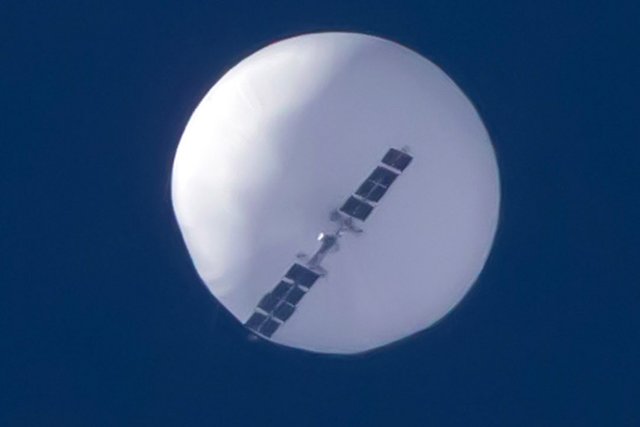Spy Balloon: what could it really observe?
On February 4th, 2023, a Chinese surveillance balloon was shot down by the US military near the coast of South Carolina. According to US officials, the US Navy intends to retrieve the wreckage, which is located in shallow waters. Additionally, the Pentagon has reported the sighting of another suspected Chinese balloon over Latin America.

The use of balloons for monitoring adversaries dates back to 1794, when the French utilized hot air balloons to keep an eye on Austrian and Dutch troops during the Battle of Fleurus. Similarly, the US employed many balloons for surveillance of the Soviet Union in the 1940s and 1950s.
A spy balloon is essentially a high-flying gas-filled balloon, similar to the altitude at which commercial airplanes fly. Equipped with advanced cameras and imaging technology, the balloon points its instruments toward the ground and collects information through photographs and other imaging methods of the activities taking place below it.

Nowadays, imaging covers various regions of the electromagnetic spectrum. Humans see within a specific range of the spectrum, referred to as the visible spectrum, and thus when a camera captures a photograph of an object, it captures it in the visible spectrum. This is what spy aircraft do, they take regular photographs with high zoom capabilities, but other information can be gathered from different parts of the electromagnetic spectrum. Infrared is one well-known example. At night, a camera operating in the visible spectrum won't show anything as it's dark, but an infrared camera can detect heat even in the dark.
Compared to satellites, spy balloons are much closer to the ground, providing clearer imagery. However, they move at a slower pace and can maintain a constant view for a longer period of time. Despite this, spy balloons are no longer widely used for spying due to their vulnerability and lack of control.
Reference articles:
Good piece. I was curious about this.
I thought you were going to tie this in to your other article, Kármán Line: The Edge of Space ;-).
I heard or read commentary somewhere mentioning that there's no international agreement on where the top of a country's air space begins, but it's generally understood to be at about 60 miles. The commentary went on to say that the spy balloon was at about 55 miles, so that commentary came immediately to mind when I saw the reference to 62 miles in your article on the Kármán Line.
The same commentary pointed out that if it's much higher off the ground, a satellite could be in geostationary orbit, but the distance would make surveillance that much harder.
Since we use satellites for the weather report these days, the Chinese govt. might have tried to know how far they can push this "spy or weather balloon" to the West's boundaries. They might have wanted to know how far it would go before the USA detect it, and how the USA would respond when they found it.